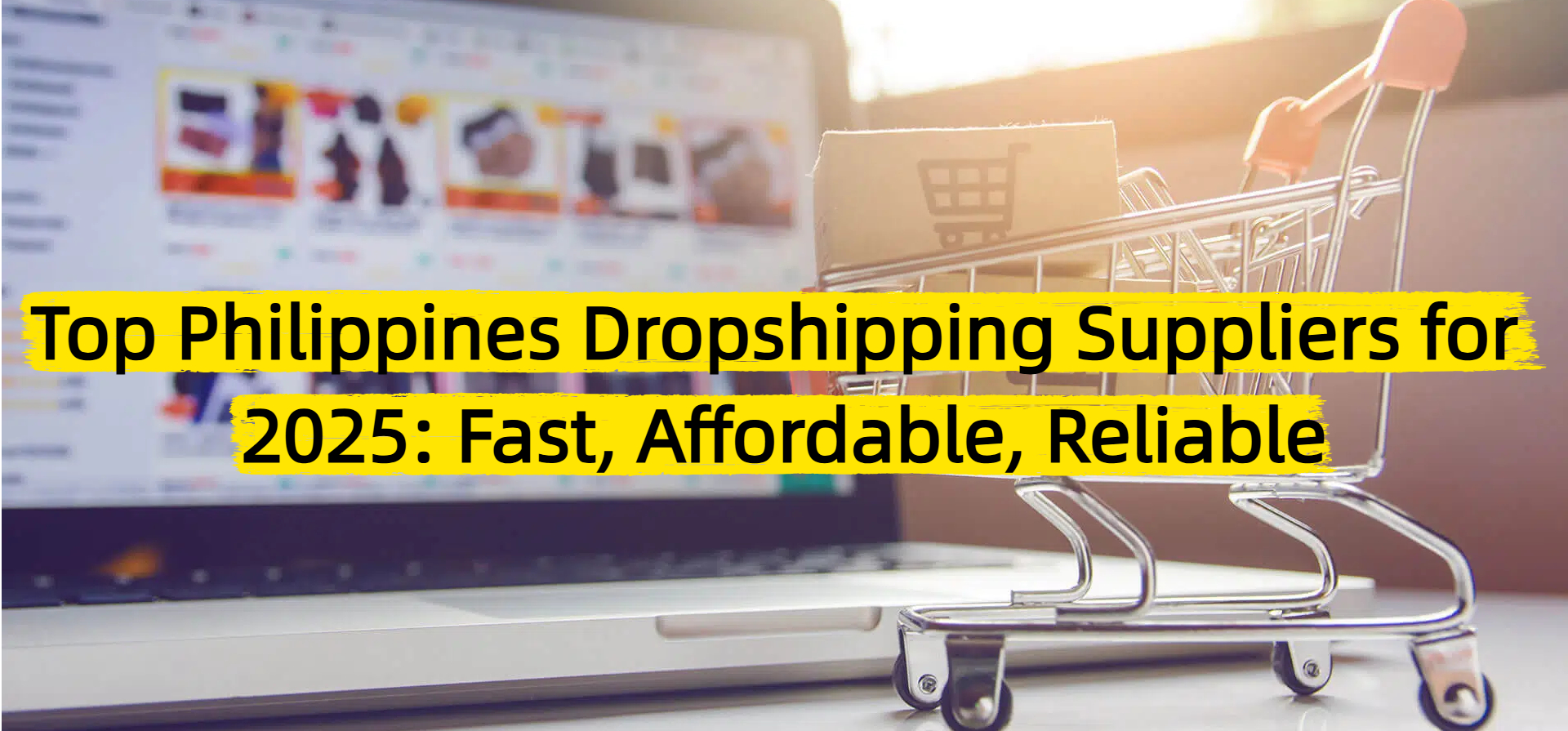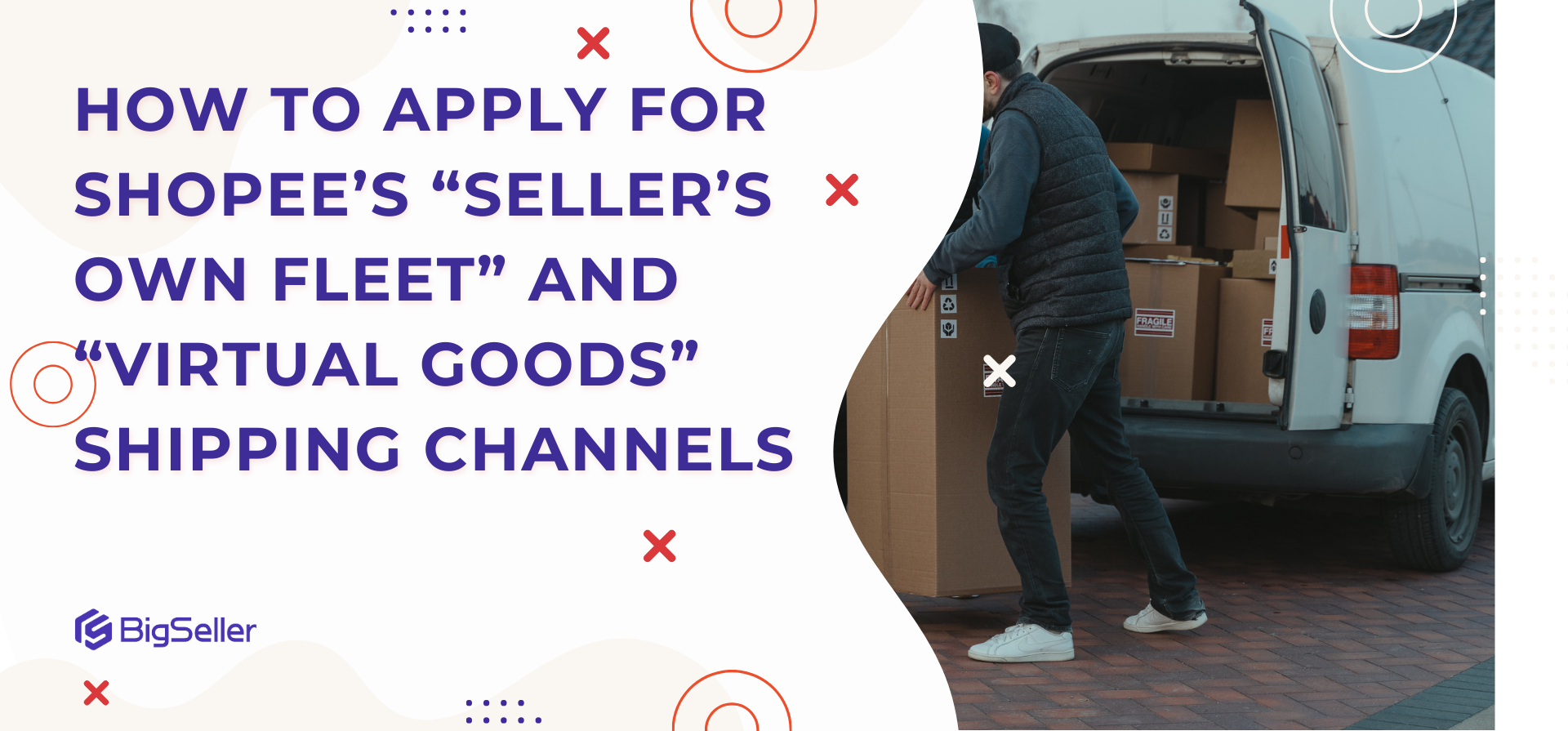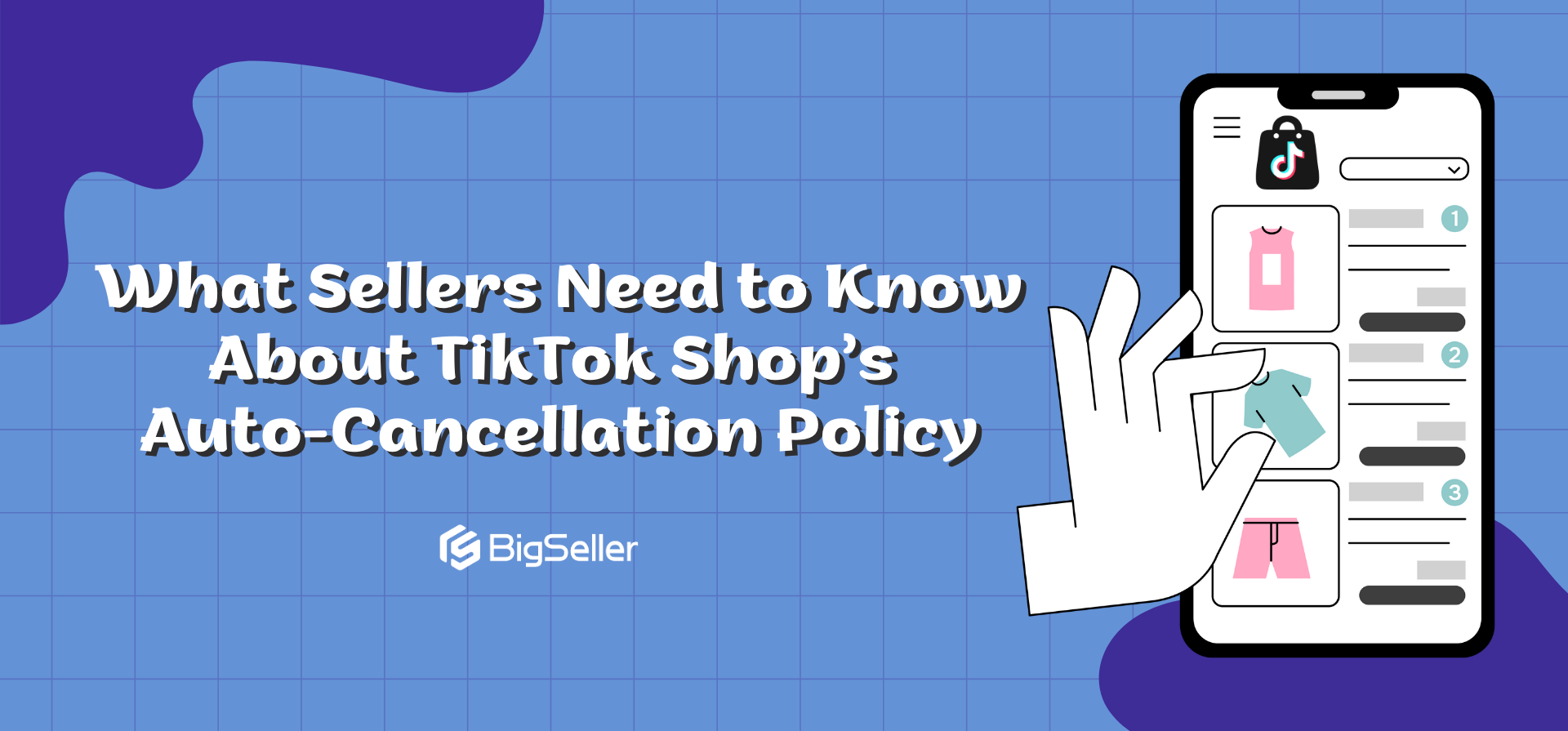Malaysia E-Commerce Hits RM625b in the First Half of 2025: Here’s What It Means for Sellers
Erra 03 Sep 2025 09:33ENCopy link & title
Malaysia's e-commerce sector continues to surge in 2025. According to the Ministry of Domestic Trade and Cost of Living (KPDN), the industry recorded RM625 billion in revenue during the first half of the year , a RM13.5 billion increase compared to the same period in 2024.
But beyond the impressive numbers, what do these trends actually mean for e-commerce sellers in Malaysia? Let's break down three key lessons.

1. Rising Demand Means Sellers Must Strengthen Inventory and Fulfillment
Malaysia's e-commerce sector is growing at a pace that few businesses can afford to ignore. A RM625 billion revenue in just six months is proof that more Malaysians are shopping online more frequently, and with higher order volumes. For sellers, this surge is both an opportunity and a challenge.
When orders pile up, problems like stockouts, over-selling, delayed deliveries, and inaccurate order tracking quickly become common. These operational hiccups don't just frustrate buyers, they also hurt seller ratings and can trigger penalties from Shopee, Lazada, and TikTok Shop. In an environment where one bad review can reduce your visibility, managing operations properly is a survival skill.
This is why sellers should look at three crucial solutions:
-
Inventory management tools – These allow you to sync stock levels across multiple platforms in real time. For example, if a product sells out on Shopee, it will automatically update on Lazada and TikTok Shop, preventing overselling.
-
Automated fulfillment solutions – Packing and processing by hand may work for small volumes, but it leads to mistakes once you scale. Automation reduces human error, speeds up fulfillment, and ensures every parcel gets the right product.
-
Warehouse Management Systems (WMS) – For sellers handling hundreds or thousands of SKUs, manual tracking becomes inefficient. A WMS helps organise product locations, optimise picking and packing, and improve overall warehouse efficiency.
Ultimately, today's buyers expect fast, accurate, and reliable service. If sellers fail to meet these standards, buyers will quickly move to competitors. That's why strengthening your backend operations is the foundation for sustaining growth in Malaysia's booming e-commerce market.
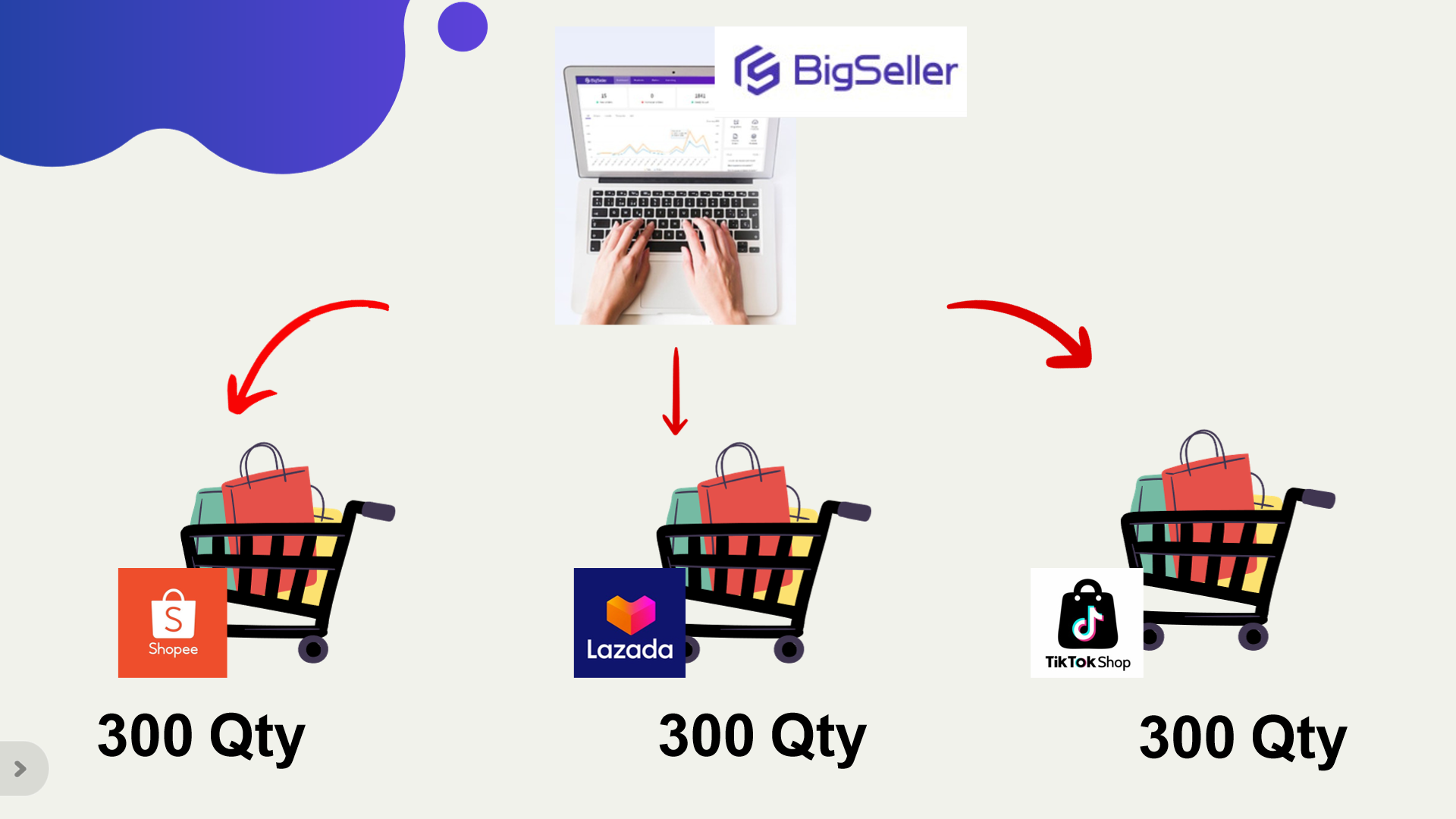
2. Local Brands Are on the Rise, Don't Ignore the “Buy Malaysian” Trend
The push to support local products isn't new, but it's becoming more powerful in Malaysia's e-commerce landscape. KPDN highlighted how government–platform partnerships directly benefit sellers. A good example is Shopee's “Buy Malaysian Goods” campaign, where a RM2 million government allocation in 2019 translated into RM70 million in sales for local sellers. That's a clear sign that strategic backing can dramatically expand market reach for SMEs.
Beyond government initiatives, consumer sentiment is shifting too. With tariffs and currency fluctuations increasing the cost of imported goods, Malaysian buyers are more willing to choose affordable local alternatives. At the same time, there's growing pride in supporting homegrown businesses especially in categories like food, fashion, beauty, and home goods.
For sellers, this trend opens up two strong opportunities:
-
Position your products as proudly Malaysian-made. Whether through packaging, product storytelling, or campaign participation, highlighting that your product is locally produced can build trust and emotional connection. Many shoppers now associate local goods with freshness, authenticity, and cultural relevance.
- Leverage local supply chains. Even if you're not a manufacturer, sourcing from Malaysian suppliers can lower costs and help you adapt faster to demand changes. It also makes your store part of the wider “support local” ecosystem, which can resonate strongly with buyers.
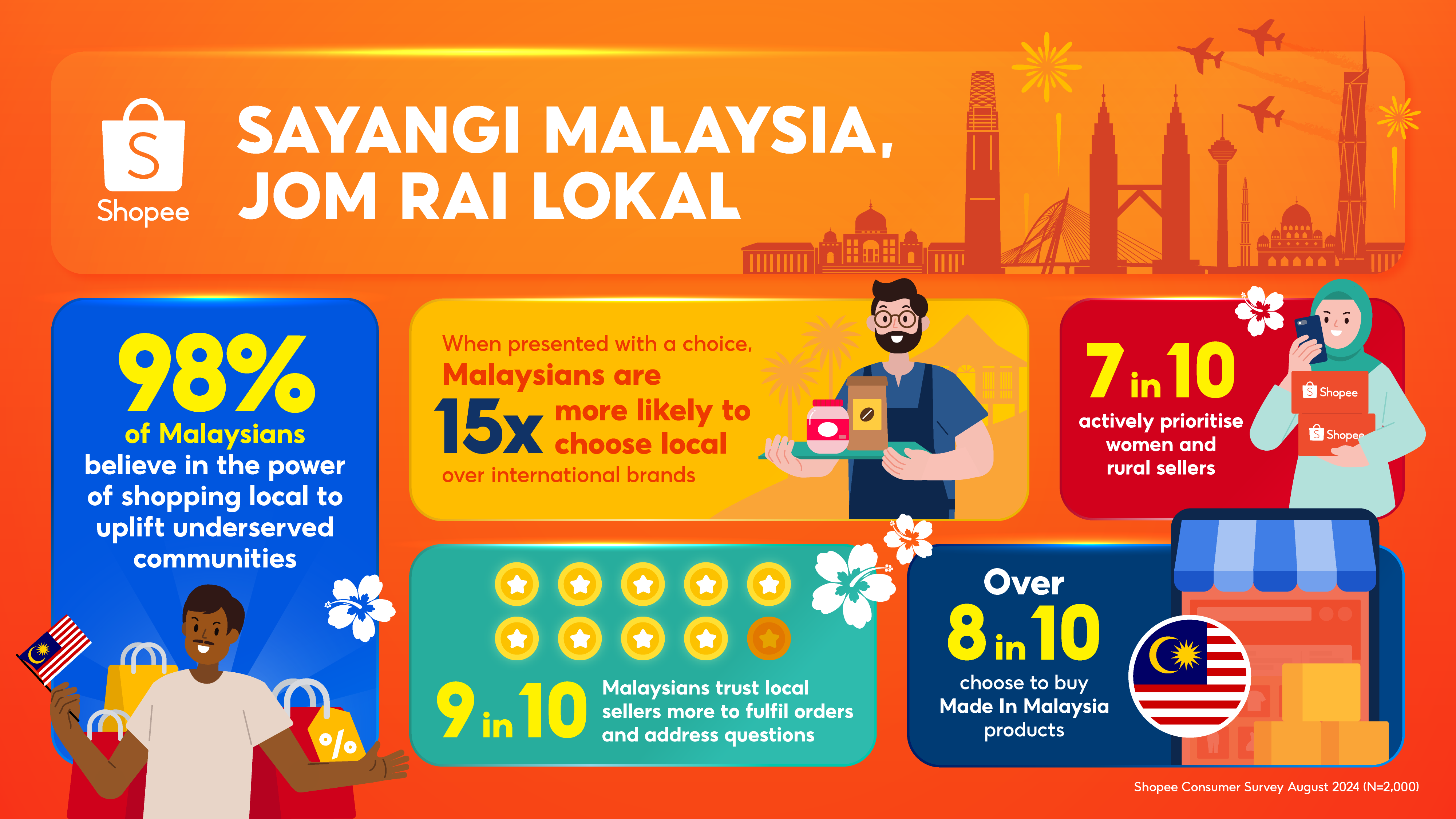
3. Regulation and Ecosystem Balance Are Shaping the Future
E-commerce in Malaysia is no longer the “wild west.” As the sector matures, the government and platforms are tightening rules to create what KPDN calls a “balanced ecosystem that ensures both consumer protection and sustainable business growth.” For sellers, this means regulations will only get stricter in areas like:
-
Product authenticity – Fake or misleading listings are being removed faster, and repeat offenders face permanent bans.
-
Fair pricing – Sudden, unreasonable price hikes or manipulative discounts can trigger penalties from both platforms and regulators.
-
Return and refund policies – Buyers are being given stronger rights to return items, and sellers must comply with clear timelines.
At first glance, these rules may feel like extra hurdles. But in reality, they create a healthier marketplace where trustworthy sellers thrive. Here's why:
-
Higher visibility – E-commerce platforms like Shopee, Lazada, and TikTok Shop often push compliant sellers to the front through campaigns, vouchers, or traffic boosts.
-
Buyer confidence – Shoppers are more likely to purchase from sellers who appear transparent, consistent, and fair.
-
Long-term sustainability – By aligning with regulations now, sellers reduce the risk of sudden store suspensions or financial penalties later.
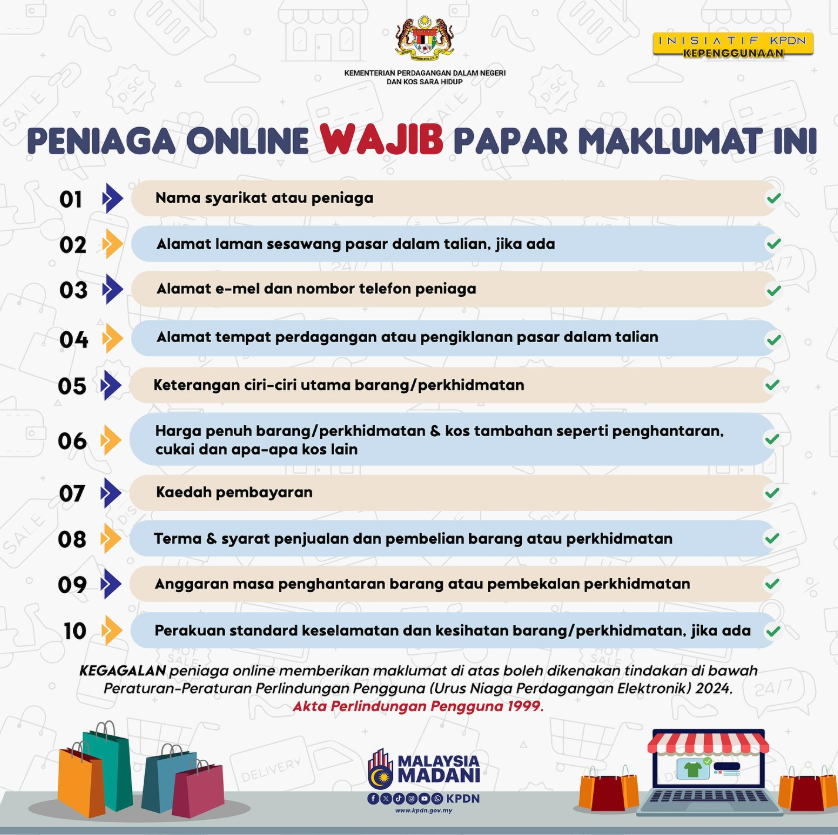
Powering Growth with Smarter Inventory and Fulfillment
Malaysia's e-commerce boom shows no signs of slowing, but growth also brings operational complexity. Sellers who continue to manage inventory manually or without an ERP system often face stock discrepancies, overselling, errors during returns, and higher operational costs. These issues don't just hurt efficiency, they can directly impact revenue and even trigger penalties from platforms.
BigSeller addresses these challenges by giving sellers:
-
Real-time inventory synchronisation across multiple warehouses and sales channels.
-
Automated return management that updates stock instantly when items are restocked.
-
Intelligent replenishment tools to calculate optimal order quantities.
-
Overselling prevention through instant stock updates across platforms.
Beyond that, sellers can also streamline daily operations with features such as:
-
Inventory synchronisation (SKU mapping, push rules, reserve stock for promotions).
-
Stock modification (stock in/out records, transfers, warehouse stock counts).
-
Third-party warehouse integration (connecting external warehouses, syncing SKUs, managing purchase orders).
-
Warehouse product management (cost updates, shelf organisation, label printing, stock alerts, movement tracking).
By centralising these processes, BigSeller helps sellers move from reactive problem-solving to proactive growth management.
Try BigSeller for free today , and follow our WhatsApp channel for more insights tailored to Malaysian e-commerce sellers.
